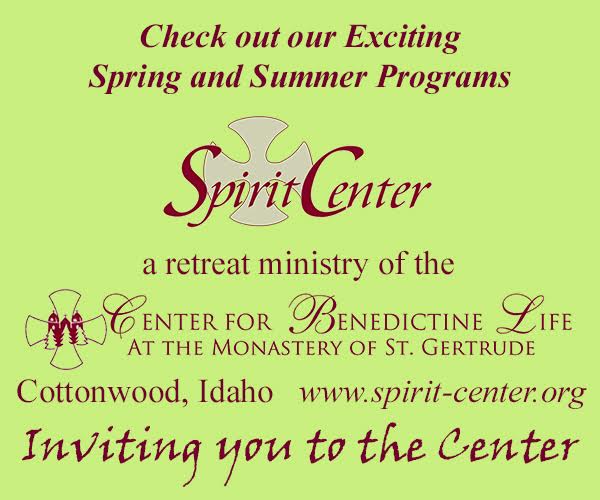Gaze? What does gaze have to do with meditation when our eyes should be closed? Well, in my experience gaze makes a tremendous difference, both in your meditative seat and throughout your day.
Now, some practices of meditation use the gaze to purposefully look at something: an image, an object, a candle. I am not referring to these practices, though I myself use candle gazing when I am too internally distracted to use my normal practices. I am talking about what we do with our eyes when they are closed, and I am asking you to run an experiment.
Before you sit down for your time of quiet, take a walk. Not just around the block, but a good walk, a mile or two. Set a timer on whatever device you carry to beep every 3-5 minutes. When the timer goes off just notice where you are looking: forward, up, down, around? Then bring your gaze forward again, and notice where it is after 3-5 minutes. Do not try to control your gaze, or guess when the timer goes off, just do your thing, and use the timer as a moment of awareness. When you notice what your pattern is when you are simply walking around, go to your seat for meditation.
Once you are settled, do the same thing. Set a timer (or someone you may meditate with. Perhaps you can run this experiment together!) to softly ding, to just barely get your attention, every 3-5 minutes.
Then compare. How similar are they?
When we meditate we are advised to, with our eyes softly closed, gaze forward or slightly up towards the third eye. When I go for a walk, I always begin looking forward. Then I become interested in the trees I am walking beneath or the clouds in the sky and I look up. Until I become distracted by traffic, people, or tripping over the uneven sidewalk in front of me. Then my gaze travels down. And sadly stays down for a long time. My attention is not up for grabs. My gaze is in protective mode, on the ground, and my mind is busy with what the rest of my day needs to look like. Hopefully a gust of wind will remind me to take a deep breath and rustle some leaves in a tree, and my gaze will travel up and my attention returns to the present moment. Fear, lack of trust, stuffs me into either the past, reliving what I already know, or into the future, trying to control that which is yet to happen. Walking and meditation, for me, are present moment practices.
When I get distracted in meditation by my past or future I pause to notice where my gaze is. It is never up. Never. Ninety percent of the time it is down. Even though I begin gazing forward, then up, just as I do when walking, a thought, a memory distracts me and my gaze travels down.
I began to hold the intention to gaze forward or up in meditation, and that intention was my practice. My chosen focus was my focus. What I noticed was this: When my gaze is forward and/ or slightly up during meditation the same is true throughout the rest of my day. I am not distracted as much by my future or past, by cars zooming by, by the cracks in the sidewalk. I am aware of all these things, but they do not boss me around. I acknowledge them all and stay present. Even in my interaction with people my eye contact improves ten-fold. I have never been wonderful at looking people in the eyes when they or myself speak. I look close to their eyes or off to the side, or all around when I am speaking using my hand movements as a distraction from eye contact. Yet when I meditate with an intentional gaze it is like I am instilling my self with the trust to see the world, the eyes of those I come into contact with, and still be fully aware of my self.
So run the experiment. Notice a change.
Then look into the eyes of your very own life. Happy meditating!






